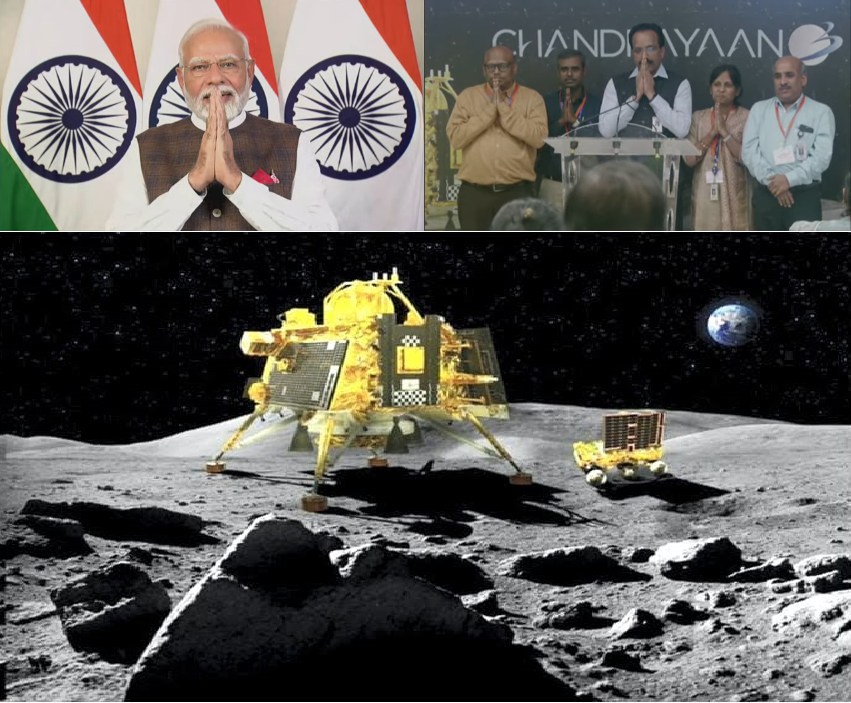
New Delhi, July 26 : Recent scientific observations indicate an unprecedented acceleration in Earth’s rotational velocity since 2020, leading to a reduction in mean solar day duration. For instance, July 9 and July 22 of the current year recorded reductions of approximately 1.3 and 1.4 milliseconds, respectively, with similar trends projected for August 5. This phenomenon necessitates re-evaluation of Coordinated Universal Time (UTC) synchronization protocols.
Global timekeeping systems, including Global Positioning Systems (GPS), financial networks, and advanced astronomical observatories, rely on picosecond-level temporal precision. The International Earth Rotation and Reference Systems Service (IERS) is responsible for maintaining UTC coherence with astronomical time. The observed rotational acceleration has prompted discussions regarding the potential introduction of a negative leap second into UTC, an action with no historical precedent.
The anomalous acceleration of Earth’s rotation, initially reported by Dirk Piester, head of Time Dissemination Group 4.42 at Germany’s national meteorology institute, represents the first sustained period of reduced day length in half a century. While gravitational forces exerted by the Sun and Moon influence Earth’s rotational dynamics, the planet’s rotation has generally decelerated over geological timescales due to lunar recession. However, current data contravene this long-term trend, necessitating further investigation into causal factors. Despite the minute magnitude of this acceleration, its impact on highly sensitive timing systems is significant.
The leap second concept, implemented in 1972, facilitates synchronization between highly stable atomic time scales and the inherently variable astronomical time. Similar to the leap year, leap seconds are introduced to compensate for irregularities in Earth’s rotation. However, the integration of positive leap seconds has historically presented significant operational challenges across sectors reliant on high-precision timing, including aviation, telecommunications, and financial markets. Discrepancies in national leap second implementation protocols have led to scheduling complexities and operational disruptions within the aviation industry, fostering skepticism regarding their continued utility.
The observed rotational acceleration has instigated consideration of a negative leap second, which would entail subtracting one second from UTC to maintain alignment with astronomical time. Judah Levine, a fellow at the National Institute of Standards and Technology (NIST), highlights the absence of precedent and the untested nature of requisite software for negative leap second implementation. Persistent issues associated with positive leap second insertions over five decades exacerbate concerns regarding the potential for errors and systemic disruptions with a negative adjustment. The integration of any leap second, positive or negative, necessitates complex adjustments within globally synchronized computing networks, introducing an element of uncertainty given the evolving landscape of interconnected systems.
The potential implementation of a negative leap second presents unique and substantial technical challenges. Darryl Veitch, a professor at the University of Technology, emphasizes the established difficulties in successfully integrating positive leap seconds despite extensive prior experience. A negative leap second, being unprecedented, carries elevated risks, particularly given the increasing scope and complexity of interconnected global infrastructure. The intricacies of technologies dependent on precise timekeeping, ranging from financial transactions to satellite communications, underscore the critical requirement for seamless transitions during any temporal adjustments. Potential disruptions could propagate across diverse industrial sectors, necessitating rigorous impact assessments.





